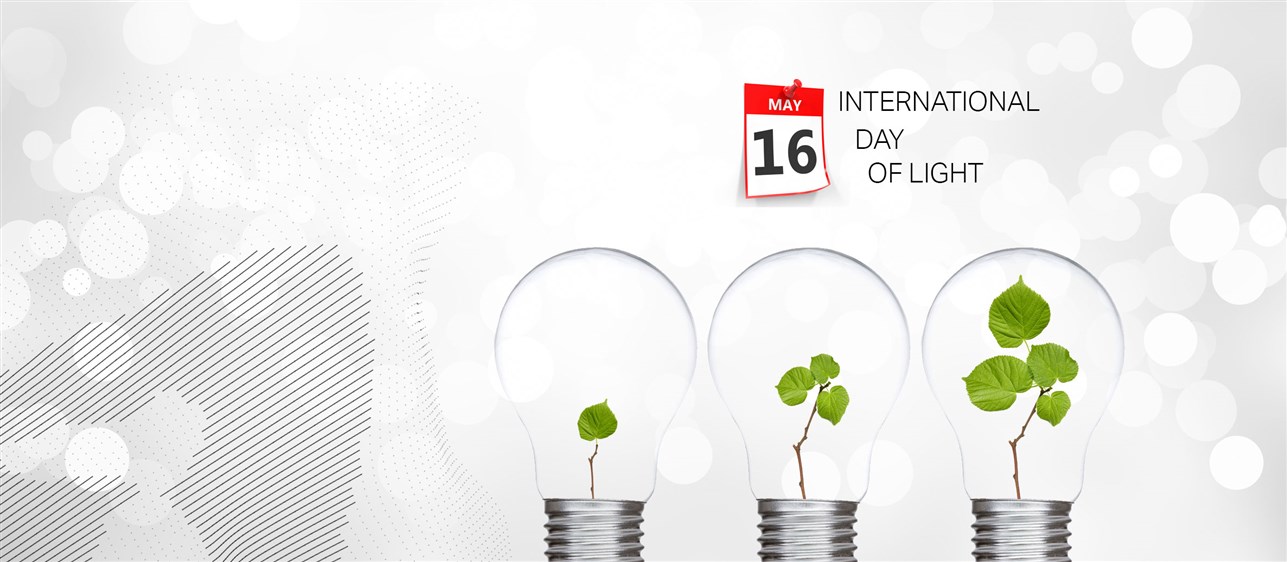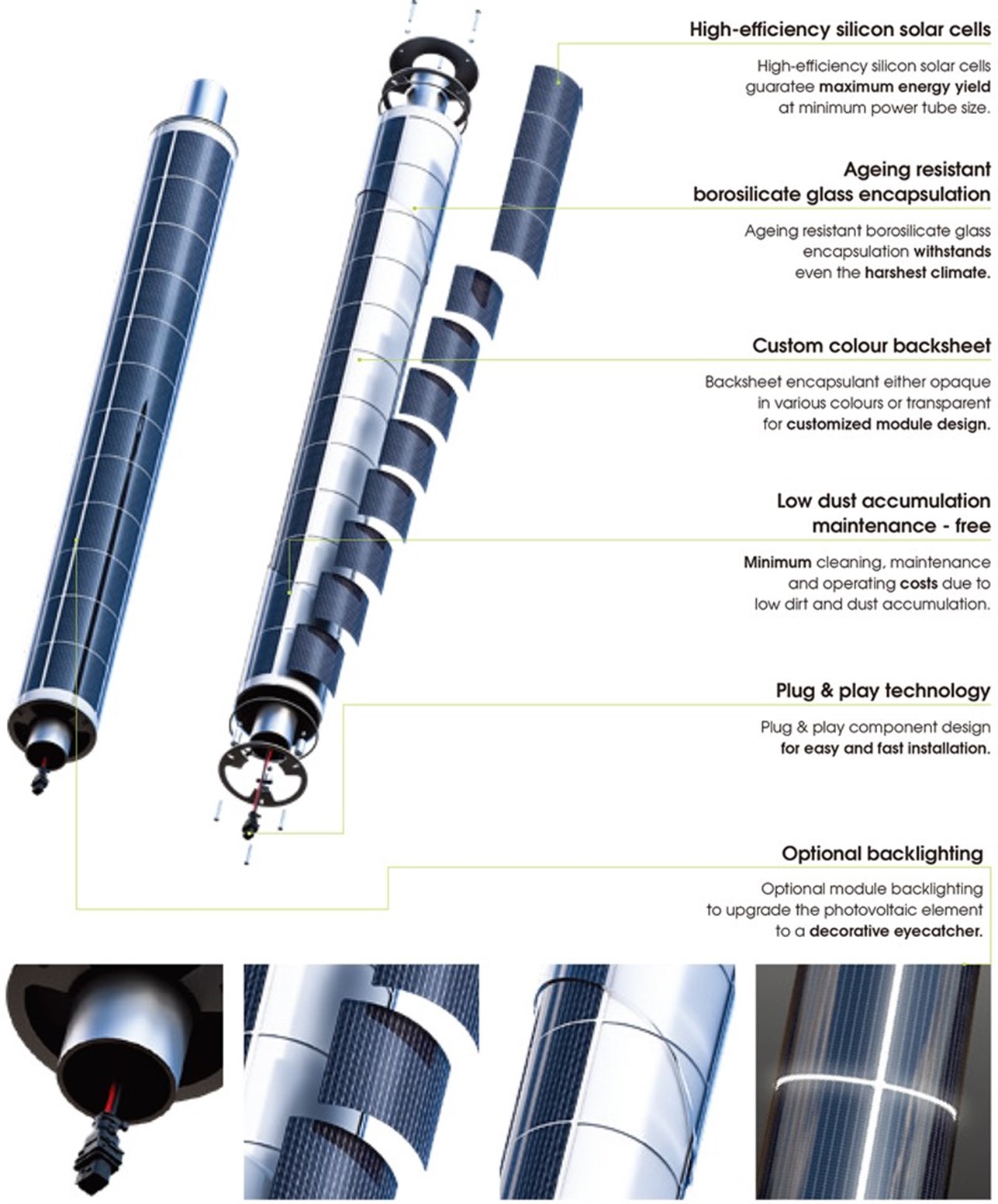
Date16.05.20
To illuminate a remote and isolated location, Dar developed fully self-sufficient lighting and wireless control systems powered solely by clean and renewable solar energy and designed in such a way as to keep cleaning and maintenance requirements to a minimum.
The challenge:
Dar’s electrical team was recently asked to design a lighting system that could illuminate a wide area, ranging over one hundred kilometres in a remote location. The location is characterised by rough terrains and harsh climate conditions, and no conventional utilities or sources of power supply were available. However, providing lighting and visibility from the ground and the air was considered a stepping stone for the possible future development of the area.
Our solution:
Since no conventional electrical sources were available, our team chose to use self-sufficient lighting poles with integrated photovoltaic (PV) panels (Figure 1). Each pole’s LED lighting element, along with the smart wireless control solution, is self-illuminating and powered by the solar yield accumulated throughout the day and stored in the battery. The selected lighting fixture is the Solar Medium Intensity Obstruction Light which provides white flashing LEDs for visibility in daylight and red flashing LEDs for visibility at night. The visibility range of the obstruction lights reaches up to 14 km.
The chosen panels are equipped with high-efficiency silicon solar cells designed to guarantee maximum energy yield at minimum power tube size. Other features include ageing-resistant borosilicate glass encapsulation, to provide protection against the harsh climate conditions, and low-dust accumulation properties to keep cleaning, operation, and maintenance costs at a minimum. Other features include plug and play technology which paves the way for future smart applications and investments.
Moreover, since wired connectivity is not feasible due to the long distances covered by the project, the lighting control solutions are all wireless (Figure 3). The selected wireless control solution relies on two layers of connectivity: the wireless connectivity solution handles the interface with the lighting control system in each pole, while the backhaul connectivity solution handles the transportation of the data over long distances to the user terminal in the Control Centre.
Horizons:
The lighting system designed for this project is a showcase of smart key technologies designed for sustain-ability, resilience, and future-fitness. Its dependence on clean energy, smart wireless solutions, and site-friendly materials dramatically cuts down power requirements and maintenance expenses.



